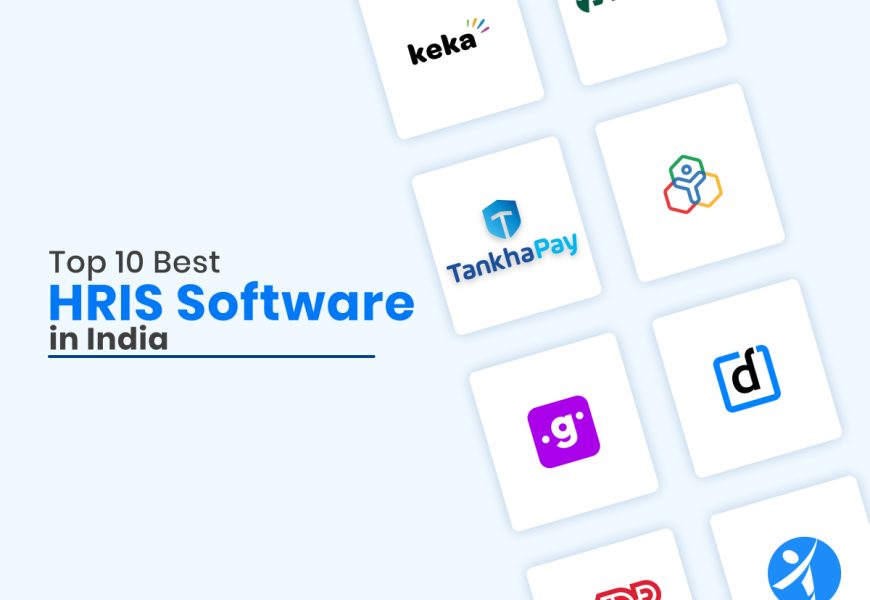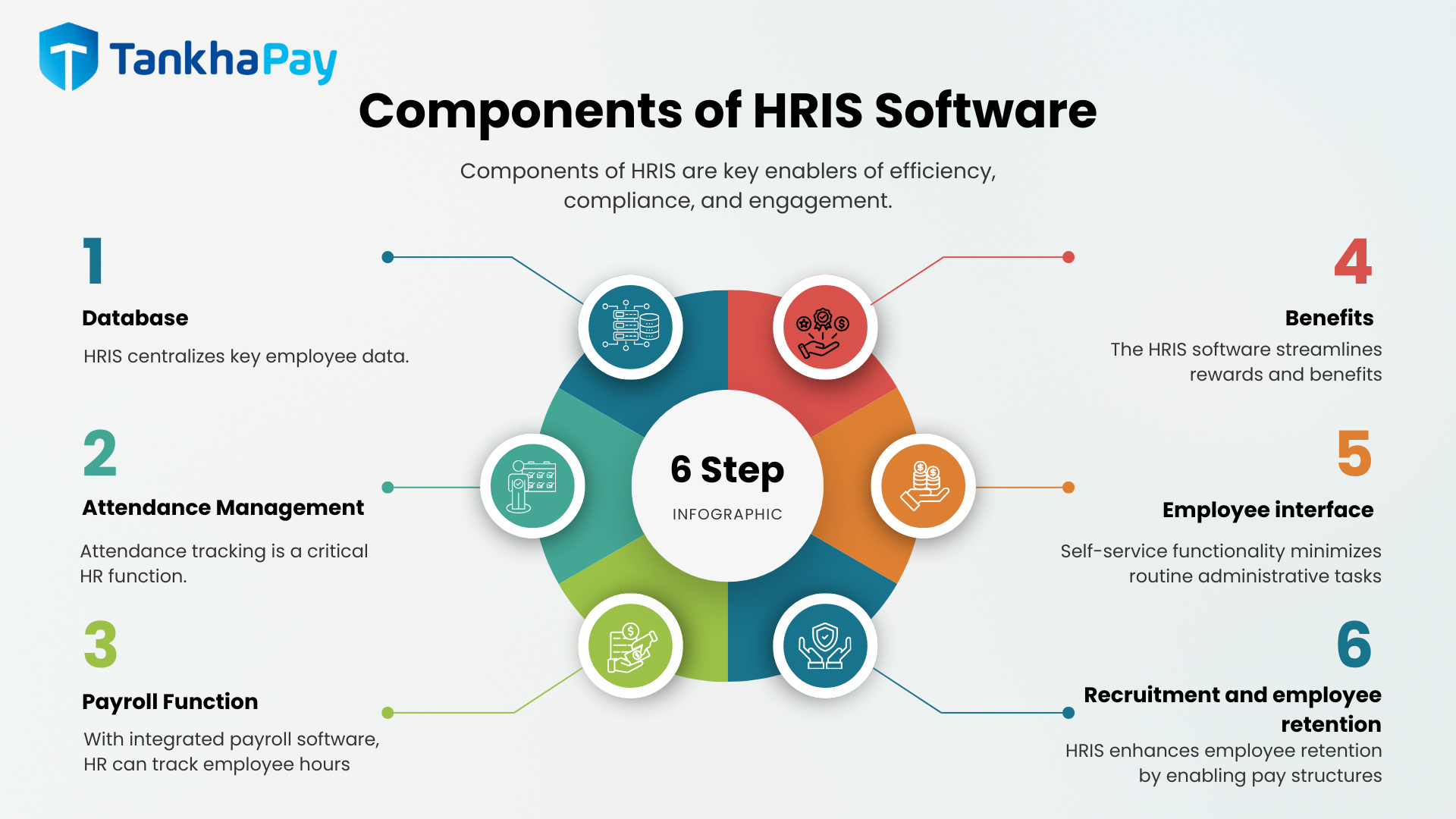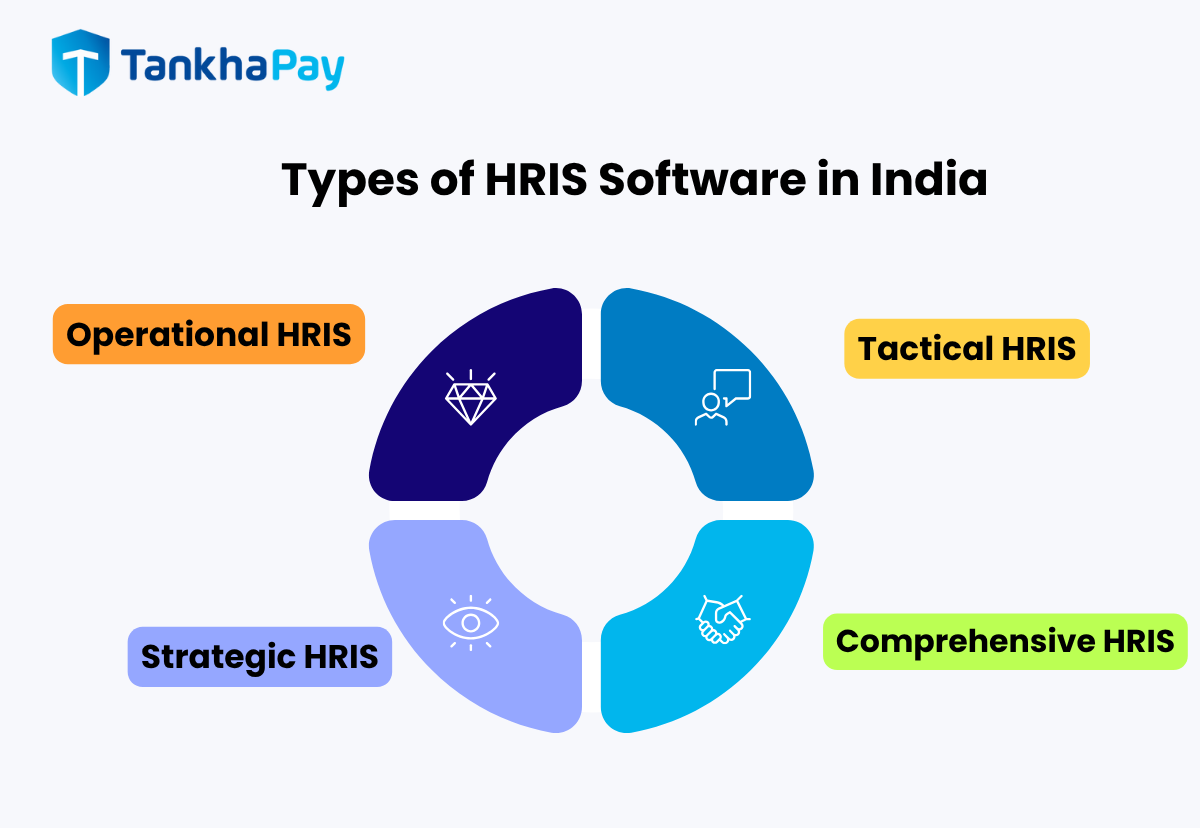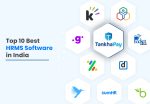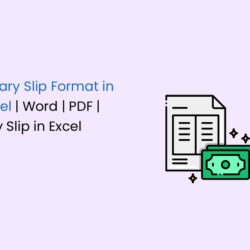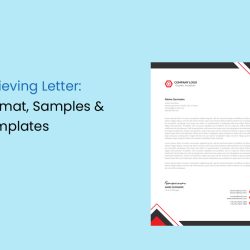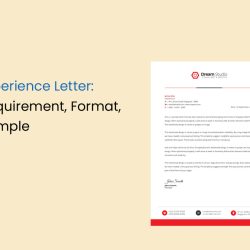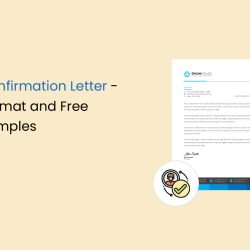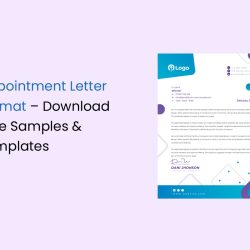What is HRIS Software?
A Human Resource Information System (HRIS) is a digital platform that automates core HR functions, including employee record management, payroll, benefits administration, and compliance management. By reducing manual effort and improving accuracy, HRIS software in India ensure the secure handling of workforce data while providing employees with access to their personal details, pay information, and company policies.
Definition of HRIS
According to Gill and Johnson definition, HRIS is a computerized system for tracking employees and employment data, while Hendrickson defines it as an integrated platform for collecting, storing, and analyzing HR information. Similarly, Kovach, Cathcart, and Tannenbaum emphasize that an HRIS system is not limited to technology; it also encompasses people, policies, and procedures that influence HR practices.
These definitions emphasize HRIS’s meaning as a unified platform that helps organizations to streamline workforce management more efficiently, improving accuracy, ensuring compliance, and supporting smarter, people-centered decisions.
Quick Facts
- NITI Aayog’s 2022 report, India’s Booming Gig and Platform Economy, projects the gig workforce to reach 23.5 million by 2029-30. With the growth in adoption of HRIS software in India, the market is set to rise, as businesses embrace intelligent platforms to handle evolving talent needs and ensure compliance with confidence.
- As per a market research report, India’s HR management market is expected to reach USD 2,664.3 million by 2030, growing at an 18.3% CAGR between 2025 and 2030, driven by stronger demand for HRIS system as companies adopt technology to streamline operations and enhance workforce scalability.
What are the components of HRIS Software in India?
Technology-driven business transformation has reshaped HR tech, elevating components of HRIS as a key enabler of efficiency, compliance, and engagement.
The 6 important components of an HRIS are:
1. Database
HRIS centralizes key employee data, including compensation history, insurance coverage, emergency contacts, and performance reviews. It replaces manual files and improves accuracy, ensuring compliance, highlighting the importance of HRIS in managing a productive workforce.
2. Time and Attendance Management
Time and attendance tracking is a critical yet resource-intensive HR function. An HRIS simplifies this process by giving employees the ability to request leave digitally and allowing managers to approve it instantly, reducing manual effort. Built-in payroll integration further reduces mistakes and ensures precise, reliable calculations.
3. Payroll Function
With integrated payroll software in India, HR can track employee hours, process payments through checks or direct deposits, and ensure accurate, error-free salaries. It also improves tax compliance by managing complex, multi-level regulations, making payroll faster, more reliable, and fully aligned with organizational needs.
4. Benefits
The HRIS software in India streamlines rewards and benefits by automating compensation and maintaining payroll transparency. It links performance reviews with incentives and recognition while efficiently managing health insurance, retirement, and wellness programs. This improves fairness, strengthens employee engagement, and drives sustainable organizational growth.
5. Employee interface
With the HRIS system, employees can securely update personal details, review pay structures, adjust benefit plans, and access key information directly through the system. This self-service functionality minimizes routine administrative tasks and reduces the workload on HR teams.
6. Recruitment and employee retention
HRIS system enhances recruitment and employee retention by enabling competitive pay structures, fostering a positive workplace culture, and supporting continuous employee development. With tools such as analytics and workforce insights, HR specialist can make smarter decisions that drive profitability, boost engagement, and enhance workplace performance.
What are the types of HRIS Software in India?
While the ROI of HRIS software in India has been proven, selecting the right system helps organizations improve efficiency, reduce manual tasks, and enhance their workforce management strategies.
The four types of HRIS are:
1. Operational HRIS
An operational HRIS system manages key employee data, from records, roles, and performance reviews, allowing HR teams to handle tasks such as onboarding, promotions, and career development. By reducing repetitive work and centralizing workforce data, it improves efficiency and provides organizations with a streamlined way to manage HR operations.
2. Tactical HRIS
Tactical HRIS systems support resource decision-making by overseeing recruitment, job design, training, development, and compensation. By integrating internal data with external insights, organizations can make informed strategic decisions regarding workforce planning, compliance, and team development, moving beyond routine HR tasks.
3. Strategic HRIS
Strategic HRIS systems support data-driven decision-making by managing market insights, labor resources, and budget data. They enable goal-setting, workforce planning, and policy development, making them especially valuable for organizations focused on expansion, growth, and long-term strategic planning.
4. Comprehensive HRIS
The comprehensive HRIS integrates operational, tactical, and strategic functions into a single platform, serving as a centralized hub for all HR activities. From employee records and recruitment to training, compensation, and compliance, it streamlines processes, enhances efficiency, and delivers the key benefits of an HRIS system organization-wide.
Difference between HRIS, HRMS and HCM
HRIS, HRMS, and HCM are often used interchangeably; however, HR technology usually creates confusion due to overlapping terms. While each supports efficient workforce management, their functions and scopes differ significantly.
Let’s first understand what these terms are:
HRIS
HRIS or Human Resource Information System, is a single platform that supports core HR functions like payroll, benefits, and workforce administration. By automating manual work and accurate record-keeping, it improves operational efficiency, supports employee engagement, and enables HR teams to focus on long-term strategy.
HRMS
HRMS or Human Resource Management System, advances on HRIS by adding advanced features, such as applicant tracking, induction, and performance management. Positioned as a broader platform, it enhances HR productivity and highlights the importance of HRIS in HRM for unified and streamlined HR operations.
HCM
HCM, or Human Capital Management is a cloud-based platform that integrates AI, digital solutions, and advanced workforce management. It elevates HR teams from routine administration to strategic planning, recognizing employees as core business assets that drive performance, productivity and long-term growth.
Facts
HXM (Human Experience Management), which was introduced in 2019 to emphasize employee experience, but was later redefined as HCM, aligning with industry standards that recognize employees as key assets driving growth, well-being, and strategic workforce management.
|
Categories |
HRIS |
HRMS |
HCM |
|---|---|---|---|
|
Focus |
Managing employees information and documents |
Overseeing HR operations and administration |
Advanced talent strategy and business development |
|
HR Technology Scope |
Limited, it prirotizes workforce information |
Broader, it covers payroll, compliance, and functions of HR |
Comprehensive, it integrates HR with the business strategy |
|
Core Functions of HR Technology |
Employee data management, payroll basics, compliance tracking |
Core HR (payroll, benefits, compliance), performance management, onboarding, reporting |
Talent and workforce management, succession planning, business intelligence, service delivery |
|
Integration |
Minimal – operates mainly as a standalone system |
Stronger integration across HR processes |
Fully integrated with enterprise systems and business operations |
|
Analytics |
Basic reports and simple dashboards |
Advanced HR analytics and workforce insights |
Robust analytics for workforce planning, productivity, and business growth |
|
Strategic Impact |
Operational support and limited influence on strategy |
Informs decision-making with HR insights |
Comprehensive analytics that support workforce planning, enhance productivity, and drive sustainable business growth |
|
Key Functions |
|
|
|
|
Type of Business |
Small businesses and early-stage startups are looking for easy and reliable HR record management |
Mid-size companies looking for broader HR management and automation |
Large or global enterprises focusing on workforce strategy, scalability, and growth |
Why Businesses Need an HRIS Software in India
Kovach emphasizes that HRIS systems not only streamlines administrative processes but also add strategic value, positioning HR as a true business partner.
Here are the key benefits of the HRIS system:
1. Cutting down routine admin work
Automation reduces repetitive HR tasks and daily recordkeeping. By reducing manual tasks, HR specialist can focus on strategic priorities, such as workforce planning, talent development, and organizational growth.
2. Error Free Data
Direct employee entry minimizes transcription errors and ensures more accurate records. Reliable data strengthens payroll processing, compliance reporting, and supports smarter workforce structuring.
3. Document Management through Employee Self Service App
HRIS platforms give employees instant access to documents (offer letter, increment letter, promotions, bonuses, payslips, etc), policies, updates, and core HR resources through employee self service app. By promoting transparency, they improve communication, increase collaboration, and keep employees informed, connected, and actively engaged.
4. Integration with Other Business Arrangements
Simplify integration with payroll, employee performance report, and other enterprise systems creates a unified data flow across departments, ensuring consistency and enabling more intelligent cross-functional decision-making.
5. Tools to support better strategic choices
HRIS provides insights through metrics such as hiring costs, turnover rates, training ROI, and workforce value, enabling leadership to shape stronger strategies and drive business performance.
Stewart Brand said, “Once a new technology rolls over you, if you are not part of the steamroller, you are part of the road”!
Top 10 HRIS Software in India
Selecting the right HRIS platform is key to boosting business growth and efficiency. To simplify your search, we have outlined the top 10 HRIS software in India, covering payroll, compliance, and workforce management-
1. TankhaPay
TankhaPay offers one of the most comprehensive HRIS software in India, bringing HR technology, managed HR services, EOR, and apprenticeship management (NATS) under one umbrella in a mobile-first ecosystem. Beyond its primary capabilities, it also provides payroll administration, regulatory support, and workforce management through an advanced HRMS that serves both office-based and remote employees.
Backed by 25 years of expertise and experience from Akal Information Systems, which manages more than 1 million employees, TankhaPay goes beyond software. As a unified vendor, it enables organizations to simplify operations across payroll, compliance, employer of record, and apprenticeship programs, eliminating the complexity of managing multiple vendors.
Pros: Technology + Services, Multilingual, 24*7 customer support
Ideal for: TankhaPay’s integrated approach positions it as an end-to-end solution for enterprises, MSMEs, and startups. It eliminates the need to juggle multiple vendors for payroll, compliance, HR Tech, and apprenticeship management.
2. Darwinbox
Darwinbox is an advanced AI-driven HRIS designed for the modern workplace. It brings together workforce management, payroll, expenses, talent acquisition, performance, and people analytics in a single, unified platform. Based on AI, it streamlines HR operations, redefines talent management, and elevates the employee experience. With its user-friendly interface and robust analytics, Darwinbox is a strong fit for enterprises seeking to modernize their HR operations and scale with agility.
Pros: AI-powered, Robust analytics
Ideal for: Enterprises and tech-driven companies
3. Keka
Keka is a modern HRIS system that unifies payroll, attendance, performance management, recruitment, and core HR functions in a single cloud-based platform. Designed for growing and dispersed teams, it simplifies payroll, ensures compliance, and streamlines leave management. Employee self-service reduces admin work and real-time analytics drive more intelligent decisions. Scalable and reliable, Keka provides an all-in-one solution that enhances HR operations and improves the employee experience.
Pros: Cloud-based platform, Timesheet feature
Ideal for: Keka is best suited for growing startups, SMEs, and mid-sized companies
4. greytHR
greytHR is a comprehensive, cloud-based HRIS platform that consolidates HR, payroll, attendance, leave, performance, and onboarding into a single platform. Built for businesses of all sizes, greytHR regulates payroll processing, ensures compliance with statutory requirements, and simplifies workforce management with accuracy. Its mobile-first self-service tools lighten HR workloads, while real-time dashboards provide leaders with the insights needed to make informed decisions. As companies expand, greytHR provides a reliable, one stop solution that simplifies HR operations and enhances the employee experience.
Pros: All-in-one platform, Employee self service
Ideal for: greytHR works best for small to mid-sized businesses and growing enterprises
5. Zoho People
Zoho People is an advanced, cloud-based HRIS system that integrates key HR functions, including recruitment, time and attendance, performance and leave management, and insights, into a single platform. It enables organizations to automate everyday tasks, securely manage employee records, and provide employee easy self-service access. With a mobile app that keeps teams connected anywhere and user-friendly dashboards that deliver actionable workforce insights, Zoho People helps leaders make informed decisions. Scalable and dependable, it provides an all-in-one HR software that streamlines operations and boosts employee engagement.
Pros: Automation of routine tasks, User-friendly dashboards
Ideal for: Zoho People is ideal for small to mid-sized companies and fast-growing businesses
6. HROne
HROne is a modern, cloud-based HRIS designed that manage the complete employee lifecycle, from hiring and onboarding to payroll, leave management, performance management, and exit. It automates payroll and compliance, enables geo-attendance and flexible scheduling, and equips managers with approval workflows that reduce daily effort. With mobile-first self-service and real-time dashboards, it allows leaders to make informed decisions with clarity. Scalable and flexible, HROne delivers an all-in-one solution that simplifies HR operations and elevates the employee experience.
Pros: Real-time dashboards, Complete life cycle management
Ideal: HROne is ideal for mid-sized and large organizations
7. PeopleStrong
PeopleStrong is a next-generation HRIS system built to manage the entire workforce cycle, from recruitment and onboarding to payroll, performance, learning, and exit. Powered by AI and machine learning, it automates compliance, payroll, and talent workflows at scale. Its mobile-friendly platform and real-time insights give leaders actionable insights and agility. Trusted by enterprises across Asia, PeopleStrong delivers a single HR solution that streamlines operations and enhances the employee experience.
Pros: AI-Powered Efficiency, All-in-one platform
Ideal: PeopleStrong is ideal for large enterprises and fast-growing corporations
8. factoHR
factoHR is a comprehensive cloud-based HRIS that manages the complete employee lifecycle, including recruitment, onboarding, time and attendance, leave, payroll, performance, and expense management. Its mobile-first platform provides employees and managers with seamless access at any time. At the same time, features such as compliance automation, contactless attendance, geo-fencing, and advanced data security align with today’s workplace needs. With real-time analytics and powerful dashboards, factoHR equips leaders with clear, actionable insights.
Pros: Cloud-based HRIS, Advanced security
Ideal for: factoHR is ideal for small to mid-sized companies and rapidly scaling businesses
9.ADP
ADP delivers a robust HRIS with payroll outsourcing service capabilities to streamline end-to-end HR operations. The platform automates payroll, manages compliance with evolving regulations (PF, ESI, PT, etc.), and simplifies tax filings, easing the administrative burden on HR teams. With secure cloud access, seamless ERP integrations, and real-time dashboards, ADP equips leaders with a comprehensive view of their workforce. Trusted across industries, ADP delivers scalable, compliant solutions that cut through complexity and drive stronger business effeciency.
Pros: Seamless integration, One-stop solution
Ideal for: ADP is ideal for large enterprises and multinational companies
10.BambooHR
BambooHR alings important HR functions, including recruitment, onboarding, payroll, benefits, performance management, and time tracking, into one cloud-based platform. It simplifies day-to-day operations, safeguards employee data, and enables teams through self-service tools. With user-friendly dashboards, actionable insights, and customer support, leaders gain valuable insights into their workforce. Designed for growing organizations, BambooHR helps simplify HR processes, reduce administrative overhead, and elevate employee engagement.
Pros: Customer support, User-friendly dashboard
Ideal for: BambooHR is ideal for small and mid-sized businesses, especially fast-growing organizations
How to Select the Right HRIS Software in India for Your Organization
1. Gain clarity on organization’s structure and culture
Before choosing HRIS system, evaluate your organizations HR focus areas and long-term vision. Engage with employees and managers to highlight ongoing challenges in areas such as onboarding, compliance, or talent management. By identifying these needs early, you’ll have a clear structure for selecting a system that aligns with both workplace culture and future growth.
2. Get the right people involved in the discussion
Selecting an HRIS system is a strategic choice which goes beyond individual preferences, and should aling with organizational preferences. Bring together HR, IT, and key business leaders to evaluate requirements. By incorporating multiple perspectives, the company can ensure that the solution meets the genuine needs of various teams, thereby reducing the risk of resistance or low adoption in future.
3. Research and shortlist HRIS solutions
With wide range of options for HRIS software in India, it’s important to evaluate HR technology providers. Identify vendors whose solutions align with your HR priorities, budget, and strategy for future growth. Review the platform’s features, and market reputation to determine its alingment for your organization. This evaluation filters out less relevant options early and makes the final decision more smooth.
4. Interactive training through trials and demos of the platform
Go further online research and directly engage with vendors for platform demos and trials. First-hand experience reveals how the platform works in real situations, and and gives your team a chance to test its usability. Evaluate vendor responsiveness and support quality, as these factors play a big role in ensuring long-term satisfaction and smooth adoption.
5. Select the Right HRIS system to build a strong foundation for success
After evaluating the features, budget, and organizational priorities, move forward with the HRIS that best fits your needs. Work closely with your HR technology partner to ensure a seamless transition and provide training for employees. Make sure employees are comfortable with core features like payroll, attendance, and compliance to maintain smooth operations. A well-planned implementation not only reduces confusion but also ensures your HRIS system starts delivering business value from day one.
What are the challenges of choosing the wrong HRIS software in India?
1. Organizations often face setbacks when integrating new HRIS system
Integrating a new HRIS system into existing digital infrastructure can be complex, as different systems may not sync well, leading to added costs and delays. Close collaboration with IT team is crucial to keep things on track and minimizing disruption. Many businesses today consider cloud-based or composable HR platforms to achieve unified implementation and long-term growth.
2. Keeping employee information secure and compliant
Since, HRIS software in India manages highly sensitive employee information, safeguarding privacy and ensuring compliance must be a top priority. Organizations should ensure that vendors follow industry best practices, implement robust safeguards, and comply with local laws. Verifying certifications and ongoing data protection practices ensure that information remains secure and complies with all regulatory requirements.
3. Compatible and designed to meet the organization needs
An HRIS system with set of features isn’t necessarily the right fit. If the system doesn’t align with your business priorities, it can lead to inefficiencies. Since no single platform can meet 100% of requirements, companies should opt for flexible solutions, such as composable HR software in India, that adapt to changing needs and scale with business growth.
4. Ensuring employees use the HRIS platform effectively
Even the most advanced HRIS platfrom will underperform if employees resist using it. Lack of proper training and support, can slow adoption significantly. Leaders in the industry address this by investing in structured recruitment, support, and effective organizational transformation. They also introduce incentives and gamification to boost workforce engagement to realize the full potential of their HR technology.
Emerging Trends Shaping the Future of HRIS Software in India
AI-powered Chatbots, Virtual Assistants and HR Cobots
HR specialist often spend nearly 50% of their time addressing repetitive employee queries. AI-powered chatbots and virtual assistants help ease this workload by applying natural language processing (NLP) and predictive insights to deliver support, while directing the issues to the HR professionals.
HR Cobots extend this support further by automating repetitive tasks, optimizing workflows, and enabling agile HR processes.
AI-powered HR Analytics
AI-powered HR analytics allow organizations to gather employee feedback and behaviors in real-time, providing authorities with operational insights before issues escalate. An AI HR agent was launched by Lattice recently, that automates repetitive tasks, reduces manual workloads, and increases productivity. With approximately 250% growth in HRIS software adoption, businesses can simplify processes and strengthen workplace culture.
(AR) Augmented Reality and (VR) Virtual Reality in HR Technology
AR and VR wearables are reshaping HR training and onboarding with immersive, strong retention experiences. According to a Fortune Magazine study, employees using VR retained 80% of information after one week, compared to just 20% with traditional training. By leveraging AI, these tools deliver personalized learning aligned to roles, capabilities, and evolving workplace needs.
Conclusion
Without HR tech, HR team struggles with data entry work, leaving them less time to focus on strategic initiatives and workforce engagement. HRIS software in India minimizes operational effort by automating tasks, reducing paperwork, and administrative load. By enabling efficient workflows and supporting data-driven strategic planning, HRIS system empowers leaders to drive both profitability and productivity.
TankhaPay, our comprehensive HR platform simplifies everyday operations, centralizes employee records, and strengthens strategic decision-making. Book your free TankhaPay demo today and experience how smarter HR can transform your business!
Frequently Asked Questions
What are the 4 types of HRIS?
The four types of HRIS are: operational HRIS, tactical HRIS, strategic HRIS and comprehensive HRIS.
What is an example of HRIS system?
Examples of popular HRIS software in India includes TankhaPay, Keka, Darwinbox, greytHR, and ADP.
What are three uses of HRIS?
A HRIS is software that helps manage and automate HR processes and employee data. Its features and automation capabilities streamline HR processes, reduce manual work, and improve overall organizational productivity.
What are the 5 functions of an HRIS System?
Key functions of an HRIS include tracking employee information, collecting time and attendance data, managing benefits enrollment, processing payroll, and handling recruiting and onboarding.
What is the difference between HR and HRIS?
HR/Human Resources manages company employees, policies, and processes, focusing on recruitment, payroll, performance, and employee engagement. An HRIS is software that tracks and manages HR operations, providing easy access to employee data and helping HR processes run smoothly, whether onsite or in the cloud.
What are the benefits of HRIS employees?
HRIS platforms offer employee self-service portals where they can access key information such as pay, tax documents, and training resources. These portals also let employees submit time-off requests, review benefits, and update their personal information as needed.
What are the limitations of HRIS?
HRIS system limitations include high starting and ongoing costs, potential data security issue and privacy concerns, challenges integrating with existing data infrastructure, employee resistance to change, and limited flexibility or ease of use.


